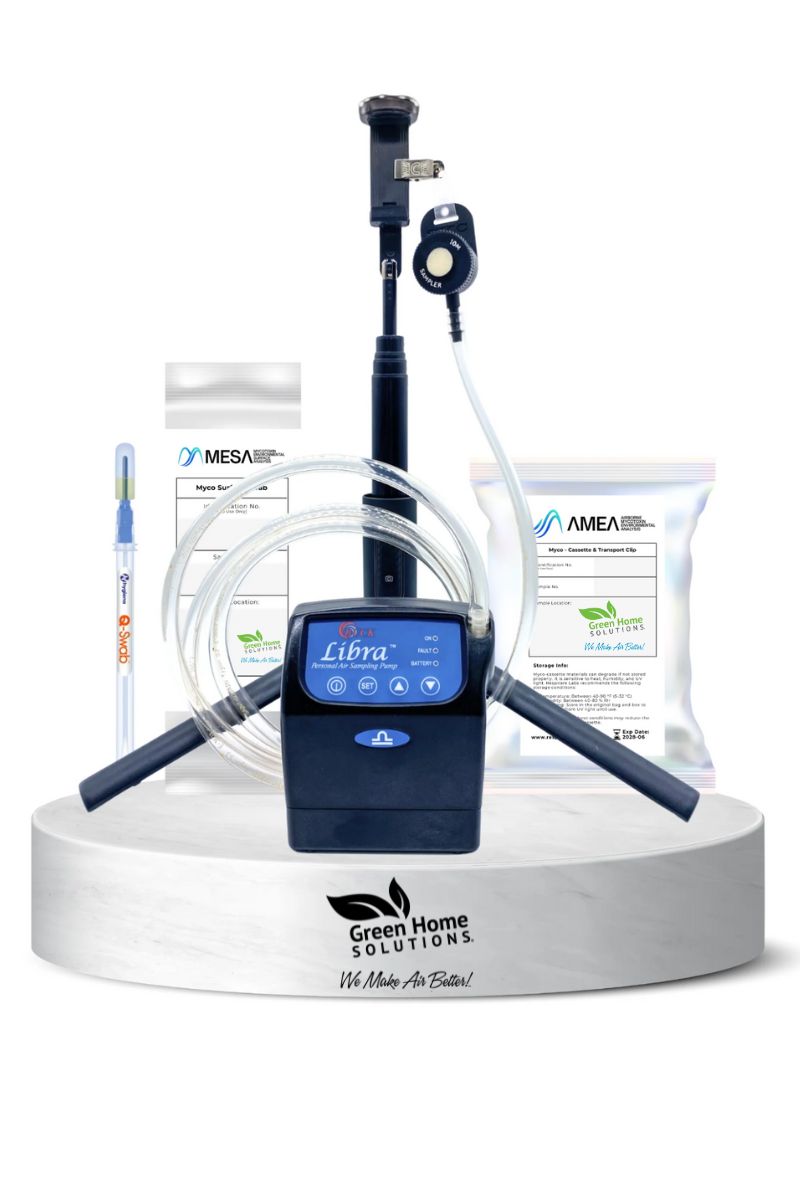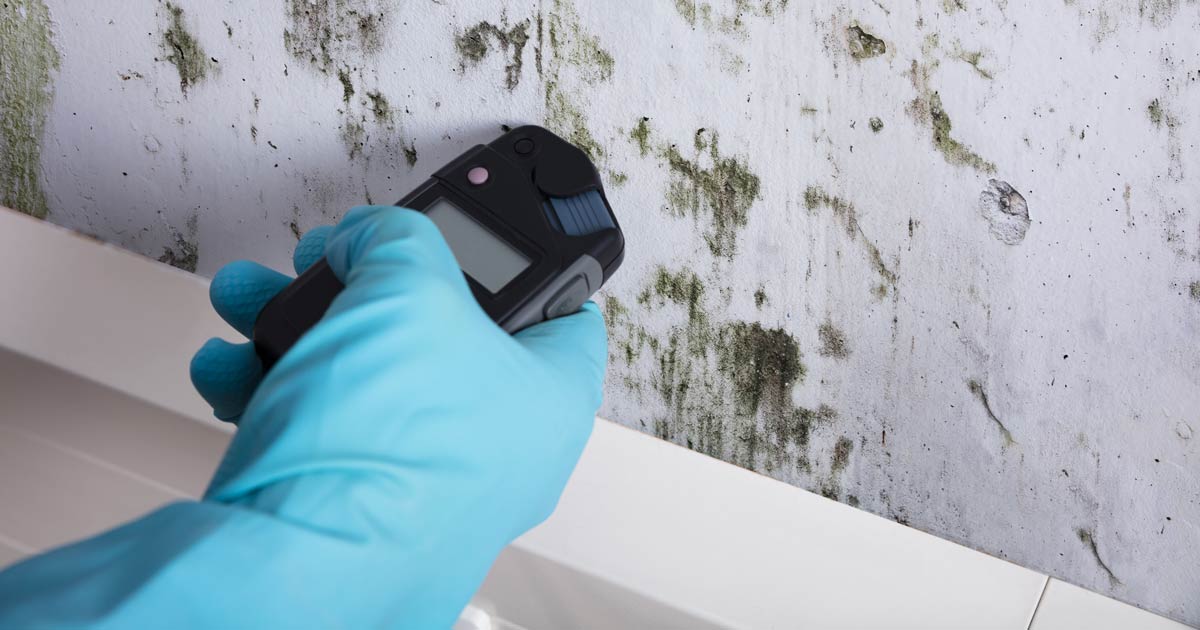Mycotoxin testing Services: A Secret Component in Risk Management Strategies
Mycotoxin testing Services: A Secret Component in Risk Management Strategies
Blog Article
Ensuring Conformity With Regulations: the Function of Mycotoxin Checking in Quality Control
Guaranteeing compliance with rigid regulations is vital for maintaining food security, and the duty of mycotoxin screening in top quality control can not be overstated. Mycotoxins, hazardous substances produced by specific mold and mildews, position considerable wellness risks, making their detection important in food manufacturing.
Comprehending Mycotoxins
Recognizing mycotoxins is basic to ensuring the high quality and security of farming items. Mycotoxins are harmful secondary metabolites generated by particular species of fungi, frequently located in foodstuffs such as nuts, grains, and flavors. These substances can arise at various stages of the food production process, from pre-harvest to storage, and present significant health and wellness risks to both pets and humans (Mycotoxin testing Services). The most infamous mycotoxins include aflatoxins, fumonisins, trichothecenes, and ochratoxins, each connected with details ecological conditions and fungal species.
The existence of mycotoxins in foodstuff can bring about intense and chronic health concerns, including liver damages, immune suppression, and carcinogenic impacts. Consequently, their detection and quantification are critical parts of top quality control in farming and food sectors. The intricacy of mycotoxin contamination necessitates a diverse approach, utilizing advanced logical techniques such as liquid chromatography, mass spectrometry, and enzyme-linked immunosorbent assays (ELISA) By understanding the resources, types, and impacts of mycotoxins, stakeholders in the agricultural field can better implement preventative actions and minimize dangers, making sure much safer consumption for end-users. This understanding creates the bedrock upon which effective mycotoxin monitoring methods are developed.
Regulative Requirements for Mycotoxins
Having established a foundational understanding of mycotoxins and their influence on food security, it is critical to review the regulative requirements governing their visibility in farming products. Governing criteria for mycotoxins are important since they define acceptable limitations, making sure food safety and security and shielding public wellness. Numerous global and nationwide firms have actually established these restrictions based upon thorough risk evaluations.
The Codex Alimentarius Compensation, a worldwide body established by the FAO and that, gives standards and maximum allowable levels for various mycotoxins in food and feed. The Codex has actually set limits for aflatoxins in peanuts, maize, and dried out figs, amongst other commodities. These standards are frequently adopted or adjusted by private nations to fit their certain requirements.
In the European Union, Law (EC) No 1881/2006 specifies optimum levels for several mycotoxins, such as aflatoxins, ochratoxin A, and deoxynivalenol, in numerous food. The United State Food and Medication Administration (FDA) has established action levels for mycotoxins like aflatoxins in products such as nuts and grains.
Adherence to these regulatory criteria is vital for preserving market accessibility, consumer trust fund, and public health and wellness. Non-compliance can lead to considerable economic losses and health and wellness risks, highlighting the importance of rigorous mycotoxin testing procedures.
Testing Approaches and Technologies

ELISA is commonly appreciated for its affordable and rapid testing capabilities, making it perfect for high-throughput settings. It relies upon antibodies to find particular mycotoxins, providing lead to a reasonably brief time frame. Nonetheless, its sensitivity may be limited compared to extra advanced strategies.
HPLC, on the other hand, succeeds in offering measurable evaluation with high accuracy and accuracy. It divides complex combinations into private parts, making it highly efficient for identifying and measuring numerous mycotoxins concurrently - Mycotoxin testing Services. This strategy, while much more resource-intensive and time-consuming than ELISA, supplies a higher degree of integrity

LC-MS represents the pinnacle of analytical uniqueness and level of sensitivity. Incorporating the splitting up power of fluid chromatography with the discovery capacities of mass spectrometry, LC-MS can detect even trace levels of mycotoxins. This technique is crucial for confirming the existence of mycotoxins in regulatory and forensic contexts, ensuring conformity with rigid security standards.
Executing Testing Protocols

Integrating these innovative screening methods right into a comprehensive quality assurance structure demands a well-structured technique to executing testing methods. To achieve this, companies have to first perform a comprehensive danger analysis to recognize possible mycotoxin contamination factors within the supply chain. This analysis educates the advancement of a customized screening method that addresses specific vulnerabilities.
Next, establishing standard tasting treatments is essential. Constant tasting makes sure that examination outcomes are trustworthy and agent of the entire batch (Mycotoxin testing Services). Sticking to guidelines from regulatory bodies, such as the FDA or EFSA, helps maintain compliance and boosts the reputation of the screening process
Training personnel is one more critical component. Staff must be competent in both sample collection and the procedure of testing equipment. Regular training sessions and certification programs can make certain that staff member stay updated with the most up to date techniques and governing modifications.
Benefits of Mycotoxin Examining
Mycotoxin screening provides numerous advantages that substantially improve the safety and top quality of food and feed products. Primarily, it why not find out more works as an essential control action to avoid polluted products from getting to the customer market, thereby guarding public wellness. By recognizing and measuring mycotoxins such as aflatoxins, ochratoxins, and fumonisins, manufacturers can guarantee that their items meet rigid governing requirements, hence preventing prospective legal consequences and associated expenses.
In addition, mycotoxin testing adds to the financial practicality of food and feed markets by minimizing the danger of large product remembers. The capacity to discover and separate polluted sets early in the manufacturing process decreases waste and avoids the financial losses linked with damaged brand read more reputation. It promotes customer count on and loyalty, as customers are significantly mindful of food safety issues and demand higher quality standards.
The application of routine mycotoxin screening likewise advertises finest methods within farming and manufacturing markets. By adhering to extensive testing protocols, business can maximize their quality assurance processes, boost operational efficiency, and guarantee the consistent production of safe, premium products. In final thought, the benefits of mycotoxin screening are complex, adding to public health and wellness, economic stability, and sector honesty.
Conclusion
Mycotoxin screening is critical in making certain compliance with regulatory criteria, consequently maintaining food safety and security and quality assurance. By systematically detecting unsafe mycotoxins, this method assists mitigate wellness dangers, prevent lawful repercussions, and stay clear of monetary losses related to product remembers. Executing durable testing methods promotes consumer depend on and confidence in food security techniques, eventually sustaining the integrity and track record of food businesses. Therefore, pop over to these guys mycotoxin screening remains an indispensable element of modern food security monitoring systems.
Guaranteeing compliance with rigorous guidelines is critical for keeping food safety, and the function of mycotoxin testing in top quality control can not be overemphasized.In the world of mycotoxin screening, advanced techniques and innovations are crucial in making certain food safety and security and regulative compliance.Mycotoxin screening offers various advantages that dramatically improve the safety and security and high quality of food and feed products.Mycotoxin testing is critical in making certain compliance with regulatory criteria, therefore maintaining food safety and quality control. Therefore, mycotoxin testing continues to be an important element of modern-day food security administration systems.
Report this page